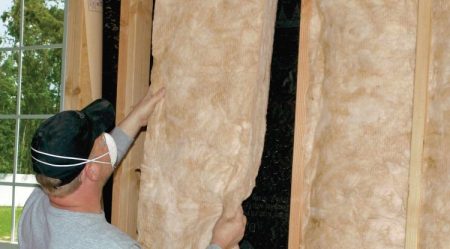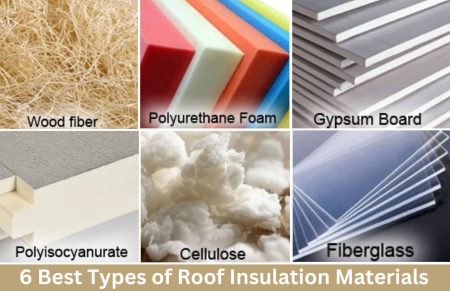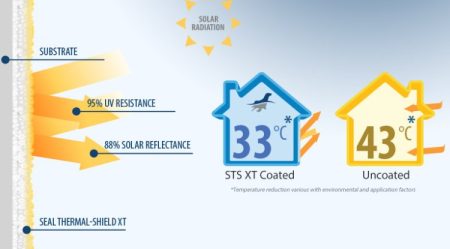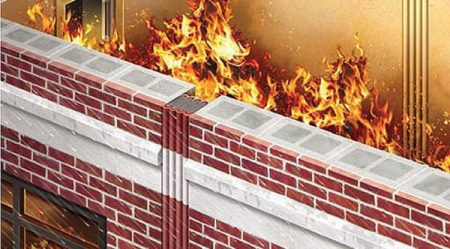Assessing Radiation Isolation Performance Metrics and Testing
Radiation isolation is a critical aspect of ensuring safety in environments where radiation is present. While implementing proper radiation isolation measures is essential, it is equally important to assess their effectiveness and performance. This article delves into the various metrics and testing methods used to evaluate radiation isolation performance. By understanding these assessment techniques, research facilities and industries can gain valuable insights into the efficiency of their radiation isolation protocols and make informed improvements.
Contents
The Importance of Assessing Radiation Isolation Performance
1. Enhancing Safety Measures
- Continuous Improvement: Assessment allows for the identification of potential gaps and weaknesses in radiation isolation practices, leading to the implementation of targeted improvements.
- Minimizing Risks: Effective assessment ensures that radiation exposure risks are minimized, protecting workers, the environment, and the surrounding community.
2. Compliance and Regulatory Requirements
- Meeting Standards: Regular assessment helps ensure compliance with radiation safety regulations and guidelines established by regulatory bodies.
- Maintaining Public Trust: By demonstrating commitment to radiation safety, facilities can maintain public trust and confidence in their operations.
Metrics for Assessing Radiation Isolation Performance
1. Ambient Radiation Levels
- Continuous Monitoring: Use of radiation detectors to measure ambient radiation levels in different areas of the facility, providing insights into the effectiveness of radiation isolation.
2. Contamination Control
- Surface Contamination: Regular assessment of surface contamination through swipe tests, ensuring that radiation does not spread beyond designated areas.
3. Shielding Integrity
- Leakage Testing: Evaluating the integrity of shielding materials through leakage testing to ensure they effectively contain radiation.
4. Airborne Particles
- Air Sampling: Sampling the air for radioactive particles to assess the effectiveness of ventilation and filtration systems.
Testing Methods for Assessing Radiation Isolation Performance
1. Radiological Surveys
- Comprehensive Facility Evaluation: Conducting radiological surveys throughout the facility to identify areas with potential radiation leakage or inadequate shielding.
2. Leak Testing
- Pressure Decay Testing: Testing the integrity of sealed radiation enclosures using pressure decay methods to detect any leaks.
3. Contamination Assessment
- Swipe Testing: Collecting samples from surfaces and analyzing them for radioactive contamination to ensure effective decontamination procedures.
Frequently Asked Questions
Q1: Why is it important to assess radiation isolation performance? A1: Assessing radiation isolation performance helps identify weaknesses, improve safety measures, and ensure compliance with regulatory requirements.
Q2: What are some metrics used to assess radiation isolation performance? A2: Metrics include ambient radiation levels, surface contamination, shielding integrity, and airborne particle measurements.
Q3: What are common testing methods for assessing radiation isolation performance? A3: Testing methods include radiological surveys, leak testing, and contamination assessment through swipe tests.
Q4: How can assessment contribute to enhancing safety measures? A4: Assessment provides insights into potential gaps and weaknesses in radiation isolation practices, allowing for targeted improvements and risk reduction.
Q5: How does assessing radiation isolation performance maintain public trust? A5: By demonstrating commitment to radiation safety through regular assessment, facilities can uphold public trust and confidence in their operations.





